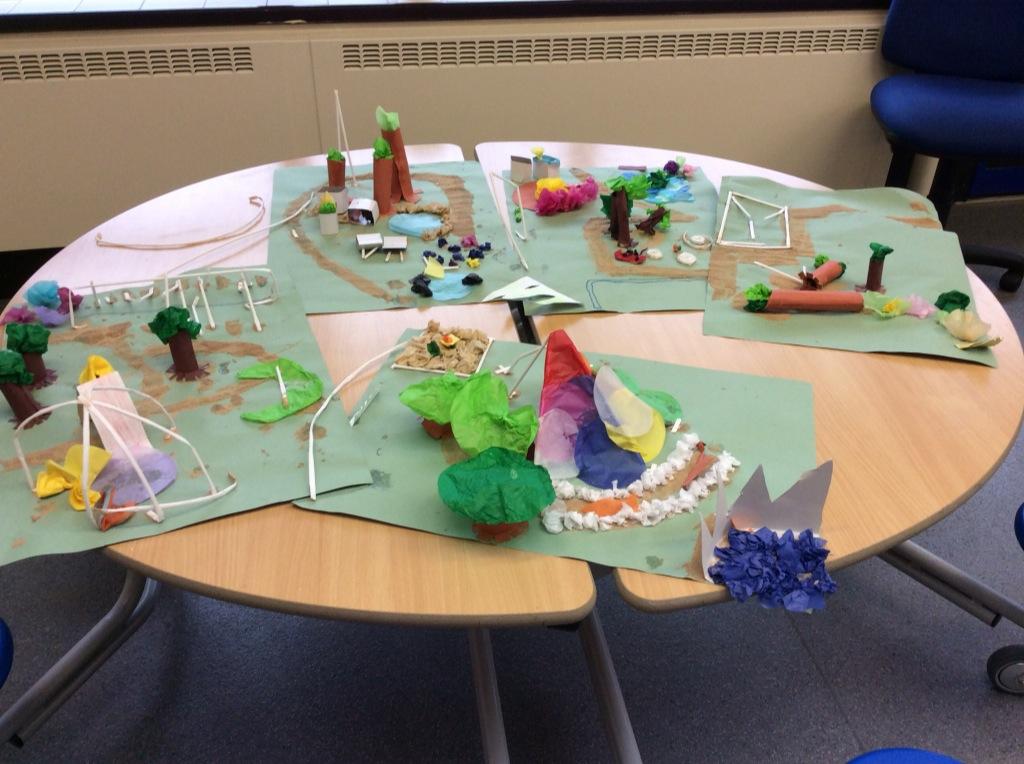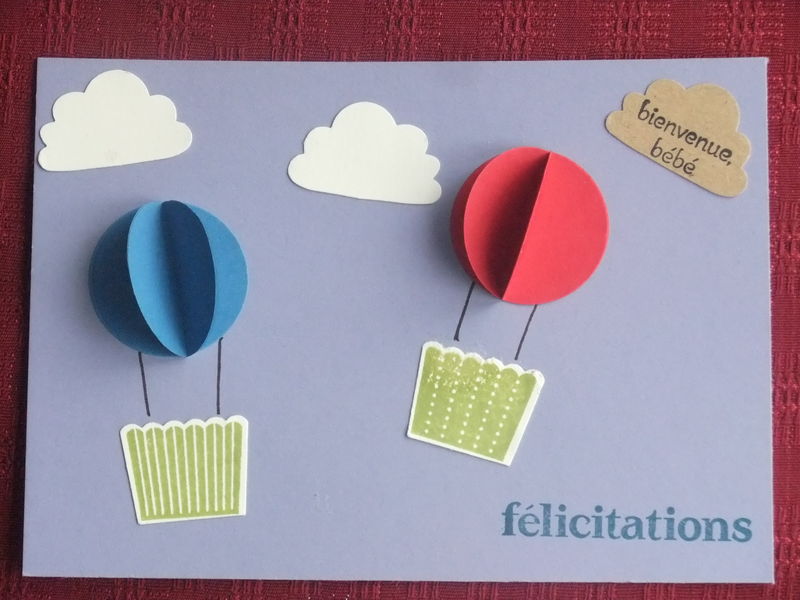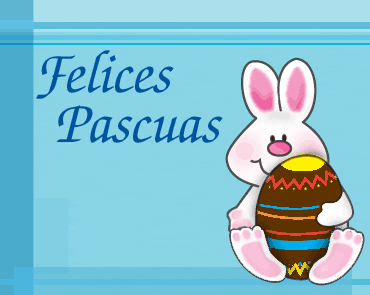Sometimes it is just being in the country that inspires simple activities back in the classroom.I have just been out to Leon y Castilla and crossing the road was marvellous!
Why? Well there was a countdown on the opposite traffic light at the crossing points and on some lights there was a countdown bleep that got faster and quieter as the time to be able to cross safely reduced!
Brilliant
Let's create our own simple activities with this!
- Counting numbers in reverse order
- Creating our own sequence of numbers to count out for others and for them to guess what the sequence is we are using - e.g counting down in reverse in twos, in threes, in prime numbers etc
- Team traffic light game.Four team, four sets of cards with numbers between 0 and 80.Put the cards number side up on the whietboard with blu tac in four spearate team areas.Each set of cards is not the same random set of numbers.the game is that each team send up a challenger to listen and identify numbers on cards attached to the whiteboard in their team area as they are called out in a random order.On the reverse of the cards are either red,amber or green men.You don't want to find a red man as this means you have to sit down and are out of the game .If you find an amber man you can keep the card as an extra life or get out of jail card and if you find a green man then the team you are representing gets 2 points!




























